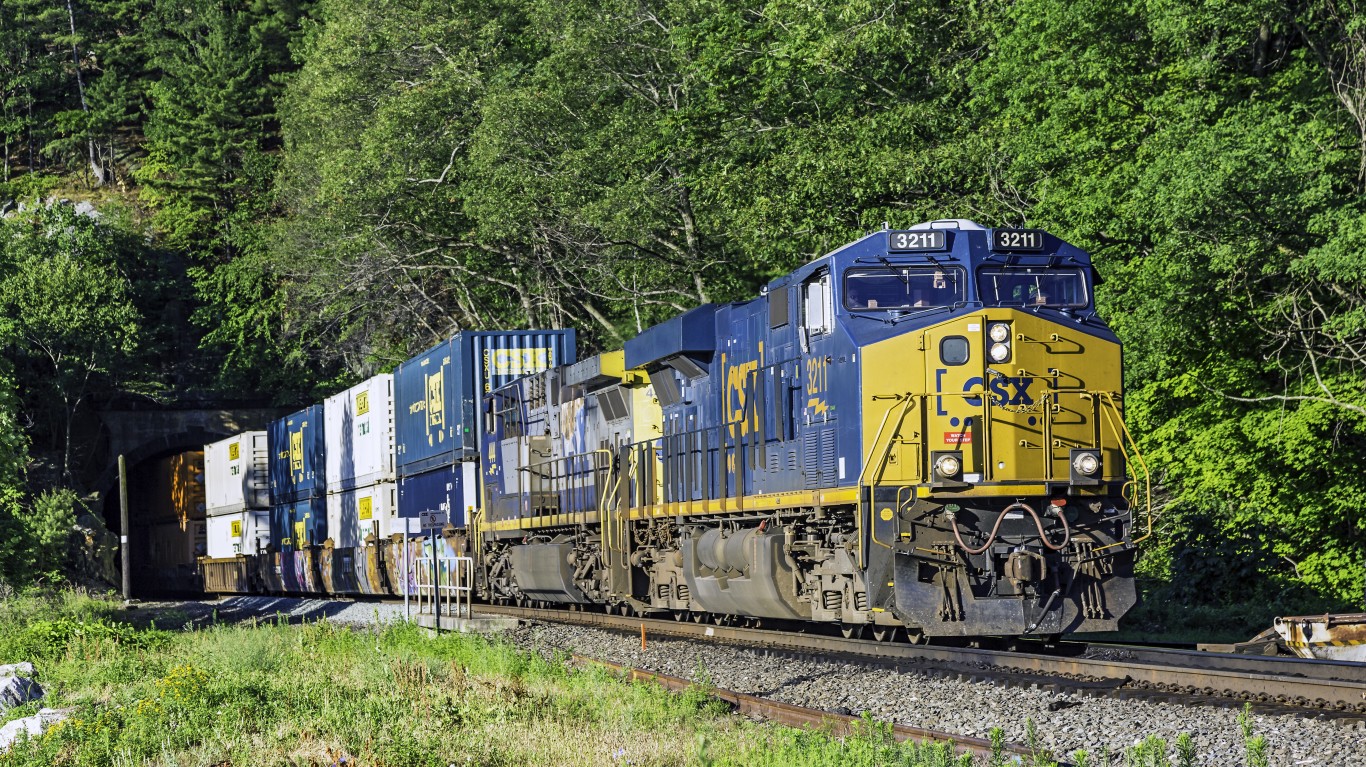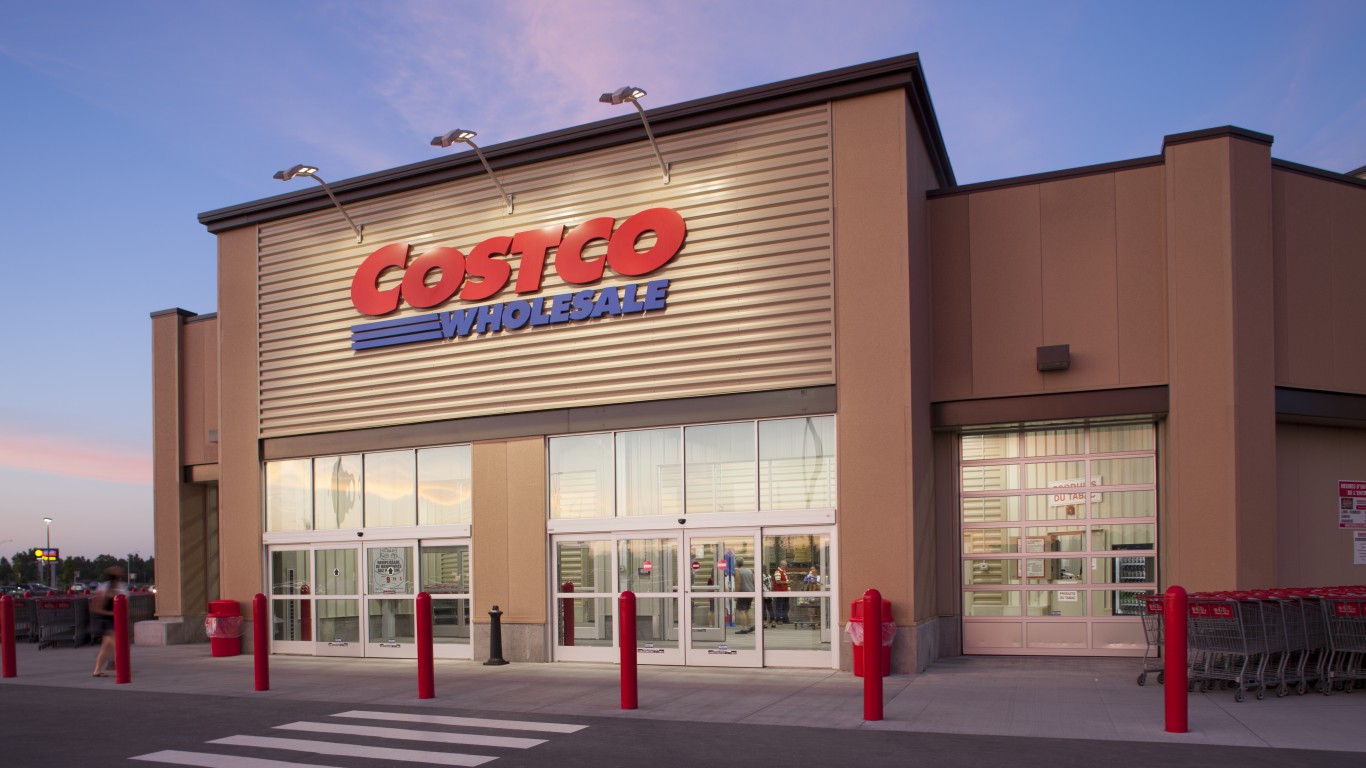
Ride-hailing company Lyft Inc. (NASDAQ: LYFT) has been publicly traded for less than a year. From the late March initial public offering to the closing bell on October 4, the stock dropped by nearly 50%. Since then, shares have traded up more than 22% to around $48.
Like all tech firms, the ride-hailing companies concentrated on growth rather than profits. That focus on growth at the expense of profits weighed on the stock until the final quarter of 2019, just as the struggling industry faced what looks like a battle for survival.
Beginning January 1, a new California law (AB 5) required ride-hailing firms like Lyft and Uber Technologies Inc. (NYSE: UBER) to treat drivers as employees, not independent contractors. The law applies to delivery firms like Postmates, Instacart and DoorDash as well. Not having to pay a minimum wage or overtime, or unemployment insurance or paid sick leave, was a huge benefit for these firms. Drivers also paid their own expenses, including maintenance and fuel.
Treating drivers as regular employees, not contractors, would delay profitability even longer. The cost to ride-hailing and delivery firms have been estimated to add 20% to 30% to a company’s expenses. Why then did Lyft and Uber stock rise in the last quarter of 2019?
How Lyft Plans to Fight City Hall
Lyft, Uber, food delivery services Doordash and Postmates and grocery delivery firm Instacart have committed to spending $110 million to fight AB 5. Now that the law has become effective, that means getting an initiative on the 2020 ballot.
The measure is called the California App-Based Drivers Regulations Initiative and alters AB 5 only for drivers who work for apps-based employers like Lyft, Uber and DoorDash. According to Ballotpedia, the ballot measure does more than leave drivers classified as contract workers. The initiative includes among other things a net earnings floor 20% above the state’s or municipality’s minimum wage, along with mileage reimbursement of 30 cents per mile.
The companies claim that if ride-share and delivery drivers are classified as employees with set shifts, it could significantly limit the availability and affordability of these on-demand services that benefit consumers, small businesses and the overall economy.
In order to get on the November ballot, the measure needs 623,212 valid signatures by June 30. On average, the cost per signature of the four initiatives that have already qualified for the ballot is $6.22, with a range of $5.72 to $7.59. That works out to a total cost of around $3.9 million.
Even if the cost per signature were double the current average, supporters of the measure would still have well over $100 million to launch a media campaign. The ads would remind the 20 million registered voters in the state that rides and deliveries will cost more and be less convenient unless the initiative is passed. Those could be compelling arguments if Californians vote with their stomachs.
There’s No Such Thing as a Free Lunch
Unlike Uber, Lyft does not offer a food delivery service. Whether that’s smart depends on how one looks at it. Recent data for December from Second Measure indicates that DoorDash leads in meal deliveries with a 37% market share. Grubhub Inc. (NYSE: GRUB) is second with a 31% share, and UberEats is third with a 21% share.
The other side of the coin is fierce competition. How fierce? Amazon.com Inc. (NASDAQ: AMZN) closed its Amazon Restaurants meal delivery service because it couldn’t get more than a tiny share of the market.
Grubhub, according to a Wall Street Journal report in January, is considering its options, including a sale of the company. Grubhub denied the report.
UberEats lost nearly $1.00 for every $1.00 it generated in net revenue after paying drivers in the first three quarters of 2019. DoorDash is reportedly on track to lose $750 million in 2019.
While consumers like meal delivery services, restaurants are increasingly dubious. After paying a fee to the delivery service, the restaurant’s profits are squeezed. Signing up a massive partner like McDonald’s almost always means that the delivery service is trading profit for volume. The hope, of course, is that by hanging on to a large customer base, profits will follow eventually.
Where Does All This Leave Lyft?
Lyft will issue its quarterly earnings report on February 11, and analysts’ expectations are measured. Revenue growth is tabbed at 47%, reaching $984.17 million, with a per-share loss of $1.36. The per-share loss for 2019 is forecast at $11.56 on total revenue of $3.58 billion.
Estimates for 2020 are much improved, but profits remain elusive. Analysts are looking for a full-year loss of $4.72 per share on revenue totaling $4.59 billion. CEO Logan Green commented in the company’s third-quarter report that Lyft expects to be profitable on an adjusted EBITDA basis in the fourth quarter of 2021.
Analysts remain upbeat on the stock. Wedbush analyst Dan Ives told Barron’s that Lyft faces a headwind of $8 to $10 a share if California’s AB 5 is not revised in favor of the ride-hailers. Even considering that, the stock remains rated Buy or Strong Buy by 24 of 36 analysts. The consensus price target on the stock is $66.13, implying upside of nearly 38% to a recent price around $48 a share.
“The Next NVIDIA” Could Change Your Life
If you missed out on NVIDIA’s historic run, your chance to see life-changing profits from AI isn’t over.
The 24/7 Wall Street Analyst who first called NVIDIA’s AI-fueled rise in 2009 just published a brand-new research report named “The Next NVIDIA.”
Click here to download your FREE copy.
Thank you for reading! Have some feedback for us?
Contact the 24/7 Wall St. editorial team.
 24/7 Wall St.
24/7 Wall St.
